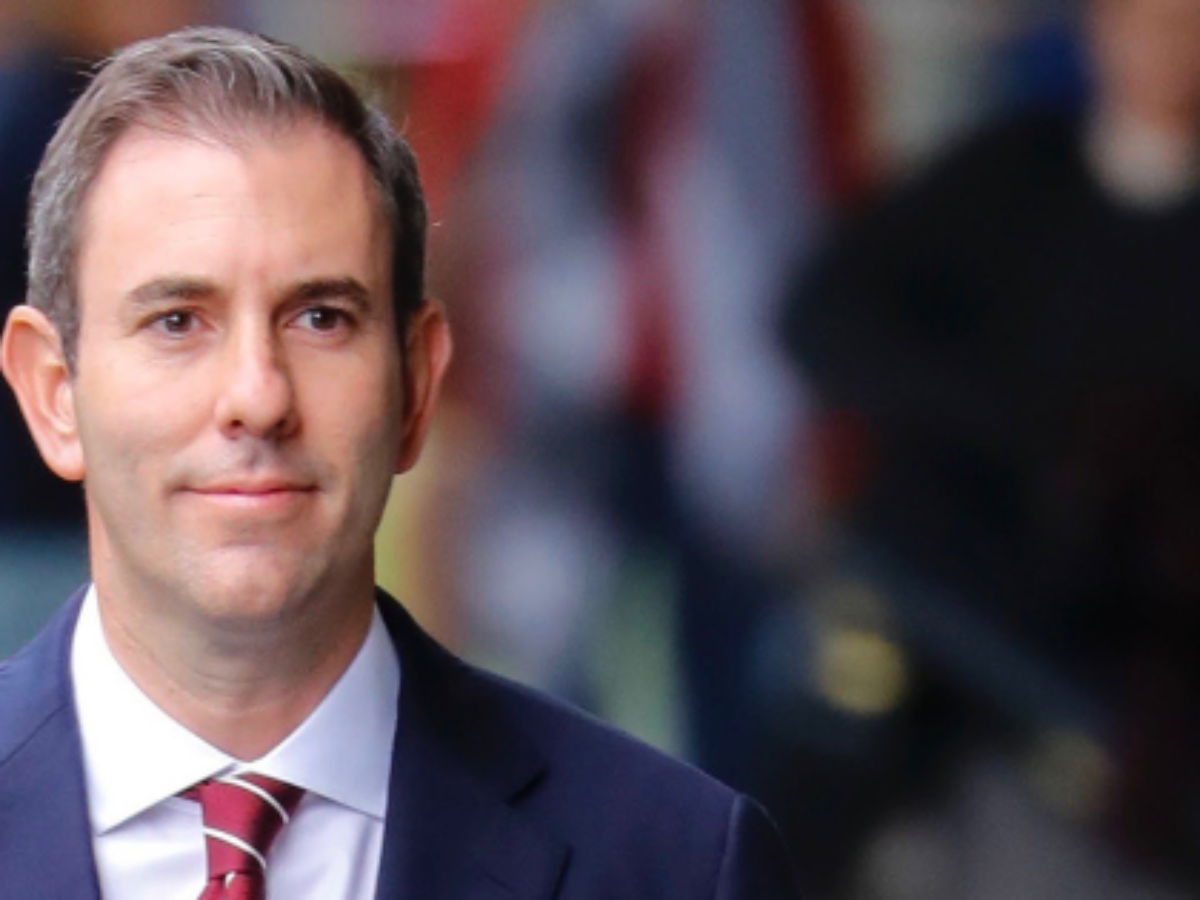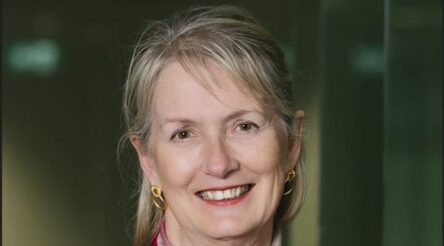Prudent and targeted – budget delivers for industry

By Peter Roberts
The federal treasurer Jim Chalmers tonight delivered a prudent budget that better targets the needs of industry and manufacturing.
In a budget speech laden with words such as sensible and responsible, Chalmers said: “The budget implements our commitments to the Australian people to deliver cheaper child care, fee-free TAFE, cleaner and cheaper energy, and a future made in Australia.”
Labor’s first budget did spend big on its key social priorities such as childcare and paid parental leave which should help ease the country’s shortage of manpower, and on vocational education which will receive a $1.4 billion boost.
There was no new defence spending in the budget with that awaiting the government’s defence strategic review.
However, defence spending was projected to increase by six percent a year for the next decade.
A new Housing Accord also announced in the budget aims to build one million ‘new, well-located homes over five years from 2024’, including the construction of 20,000 affordable homes.
But overall there was spending restraint with the deficit for 2022-23 now forecast at $36.9 billion which Chalmers said was an improvement of $41.1 billion. Gross debt will be 37.3 per cent of GDP.
Economic growth is forecast at 3.25 per cent this year, but that halves to 1.5 per cent for 2023-24.
However real wages are not expected to grow until 2024 as they will be outpaced by inflation which is expected to peak at 7.75 per cent this year, before falling to 3.5 per cent.
Chalmers said his budget targeted investments in a stronger, more resilient, more modern economy, and ‘begins the hard yards of budget repair’.
Savings of $2.8 billion have been found by slashing the urban congestion and commuter car park funds, while another $10.2 billion in funding has been cut from programs designed to benefit regional Australia.
Further savings of $1.7 billion will also come from funds set aside by the coalition to build new dams and $4.6 billion over 12 years. The controversial Hell’s Gate dam near Townsville has been scrapped.
No one should morn these spending cuts, especially when so much has been set aside for competitive and transparent funds that will directly benefit the economy.
The budget formalised the government’s signature commitment to a $15 billion National Reconstruction Fund to help diversify and transform industry and the economy.
The budget allocated $50 million over two years to establish the fund, which will deliver co-investments in seven priority areas: resources; agriculture, forestry and fisheries; transport; medical science; renewables and low emission technologies; defence capability; and enabling capabilities.
The government has earmarked $1 billion of the fund to grow advanced manufacturing, and up to $3 billion in the fund to support its Powering Australia Plan to invest in clean energy component manufacturing; hydrogen electrolysers and fuel switching; agricultural methane and waste reduction; and green metals.
The latter is part of Labor’s $20 billion ‘rewiring the nation’ plan which will upgrade the electricity grid to ensure more renewable power can be utilised, also helping Australian companies compete on the basis of their green credentials.
The Budget also includes $14.2 million to implement a National Rail Manufacturing Plan to boost train manufacturing, $5.8 million for a Women in STEM and Entrepreneurship programme, and $6.1 million to help consumers choose ethically sourced Australian textile, clothing and footwear products.
There is $17.2 million to establish a pilot Food Manufacturing Innovation Hub , $12.6 million to support Cytiva’s Springfield BioPark project in Ipswich, Queensland, $11.1 million to support upgrades to Ingham’s Sorell poultry facility in Tasmania, $6.1 million to upgrade the Waverley Wool Mill in Launceston, Tasmania and $2.1 million to support a feasibility study to replace the coal-fired boiler at the Norske Skog Boyer mill in Tasmania.
Industry also benefits with the government to fund 20,000 extra university places for underrepresented groups to study in areas of high demand while 180,000 fee-free TAFE and vocational education places will also be delivered by the new government.
To cost $485.5 million over four years, 2,275 of the new places are allocated for information technology and 1,738 for engineering.
Previously announced initiatives include:
- $10 million to the Flinders University, Adelaide Factory of the Future which is being developed in association with BAE Systems Australia. The facility, which is seen as a model for future federal funding for industry-academic R&D centres, will work with an additional SME businesses.
- The budget contained a $50 million grant to Nyrstar to modernise its Hobart zinc smelter which
The measure will support a $400 million modernisation of the plant. - New infrastructure funding of $8.1 billion will go to Melbourne’s suburban rail loop, Queensland’s Bruce Highway upgrade, high-speed rail between Sydney and Newcastle and a tram extension in Canberra.
- About $275 million will be spent to encourage the use of electric vehicles with more charging stations and support for heavy industry to adopt hydrogen trucks. A $345 million cut to fringe benefits tax will save employers who provide EVs $9000 per year, or individuals $4700 per year.
Picture: Treasurer Jim Chalmers
@aumanufacturing Sections
Analysis and Commentary Awards Defence Manufacturing News Podcast Technology Videos










